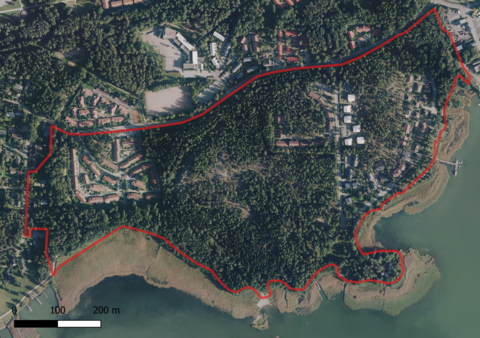Flying Squirrel LIFE
The City of Espoo participates in the Flying Squirrel LIFE project funded by the European Union (2018–2025). The project is coordinated by Parks & Wildlife Finland, which is part of the state-owned organisation Metsähallitus, and includes 17 partners from Finland and Estonia.
The project improves the conservation of the flying squirrel
The goal of the project is to improve the conservation status of the Siberian flying squirrel. The project focuses on safeguarding flying squirrel habitat networks, developing operating models and increasing cooperation between different actors.
Espoo acts in the project as an expert in reconciling flying squirrel conservation with land use. Espoo has extensive experience in considering flying squirrel habitats in land use planning. The project is an opportunity for us to share our best practises with other actors. This page contains more information on the various things that the City of Espoo is involved in within the Flying Squirrel LIFE project.
Embedded content cannot be displayed
Embedded content cannot be displayed
The project has received funding from the European Union’s LIFE programme. The content of the material reflects the views of its authors and neither the European Commission nor CINEA is responsible for the use of the data contained in the material.

